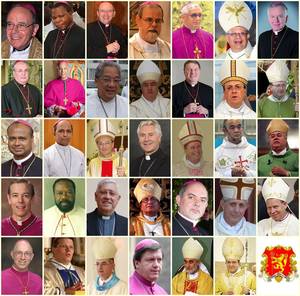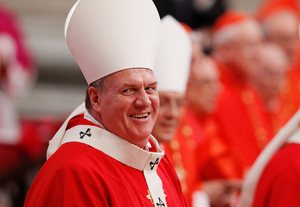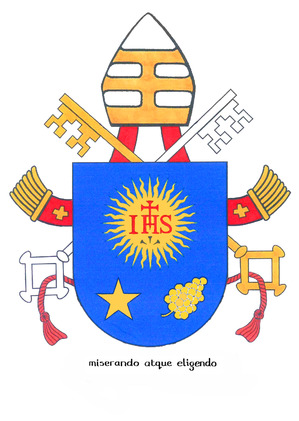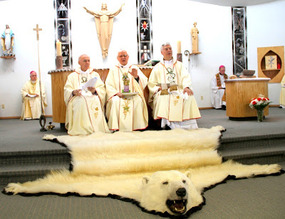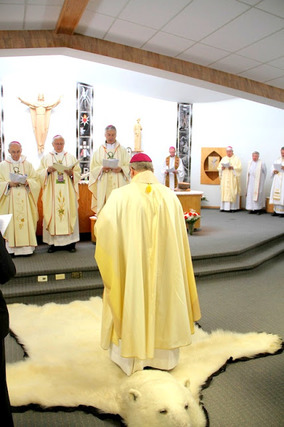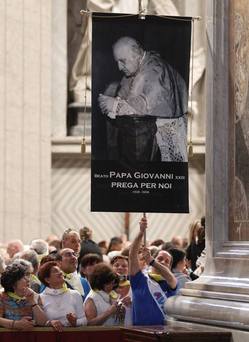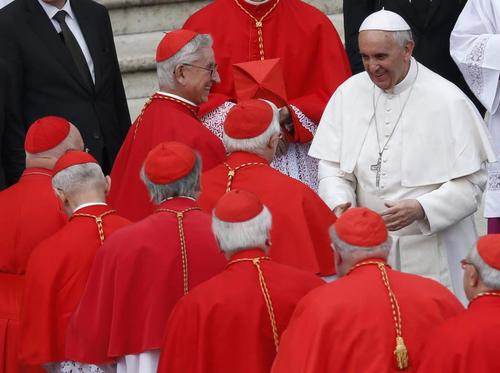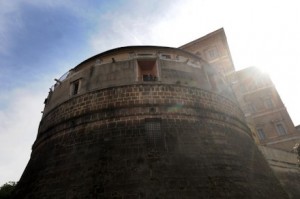 Ernst von Freyberg and Pope Francis have been hot on reforming the Institute of Works of Religion (Istituto per la Opere di Religione [IOR]), also called the Vatican Bank. Work started under Benedict XVI and much has been done to give a comprehensive review and reform of the IOR’s workings. Behavior unbecoming of the IOR has been in the media and it greatly distracts from the Church’s work.
Ernst von Freyberg and Pope Francis have been hot on reforming the Institute of Works of Religion (Istituto per la Opere di Religione [IOR]), also called the Vatican Bank. Work started under Benedict XVI and much has been done to give a comprehensive review and reform of the IOR’s workings. Behavior unbecoming of the IOR has been in the media and it greatly distracts from the Church’s work.
A new pontificate with interest in reform sets the stage and expectation.
Yesterday the IOR unveiled its new website that can be accessed here.
Lots of good and fundamental information is contained on website.
Compliments to Mr. von Freyberg for taking the work seriously. The website is only a beginning but what is given to us as a concrete gesture of trust. If the Vatican Bank is going to continue, and if it is going to truly live the mission to serve the universal Church, then nothing short of complete revision and coherence is required. The renewal of the IOR means: all of the clergy, especially the bishops and cardinals, need to be replaced with competent and honest men; plus, the integration of a group of international competent laity (men and women) to run the bank need to be appointed; and an attitude of service doing the Lord’s work for the common good needs to be concretely lived. This last point we can’t dismiss: there needs to be a program of spiritual formation in place. Take nothing for granted. Anything to the contrary ought to lead directly to the immediate closure of the Vatican Bank.

